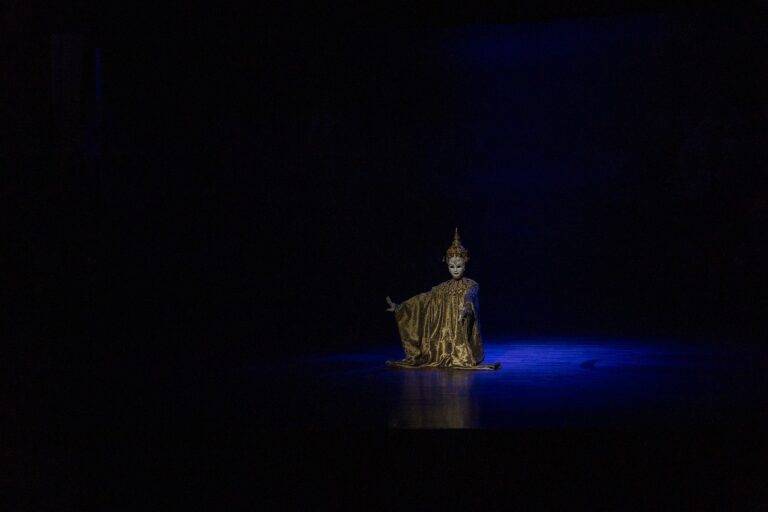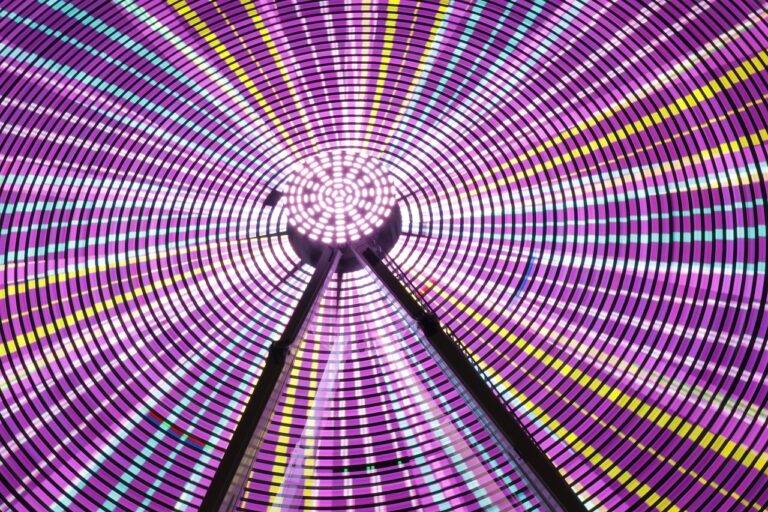The Influence of Video Games on Modern Art and Design
In the realm of art and design, the integration of technology has revolutionized the creative process. Artists and designers are constantly exploring new ways to incorporate cutting-edge tools and techniques into their work, pushing the boundaries of traditional artistic mediums. From virtual reality installations to interactive digital art pieces, technology is providing a platform for innovation and experimentation that was previously unimaginable.
One of the most exciting developments in the use of technology in art and design is the ability to create immersive experiences that engage multiple senses. With advancements in augmented reality and haptic feedback technology, artists can now transport viewers into digitally enhanced worlds where they can interact with art in ways that were previously limited to physical spaces. This merging of the digital and physical realms is opening up new possibilities for creative expression and pushing the boundaries of what is possible in the world of art and design.
Evolution of Visual Aesthetics in Video Games
Over the years, the visual aesthetics in video games have undergone a remarkable evolution. From the pixelated graphics of early arcade games to the lifelike visuals of today’s AAA titles, advancements in technology have played a pivotal role in shaping the way games are designed and perceived by players. The introduction of high-definition displays, realistic lighting effects, and intricate character models have elevated the visual appeal of video games to a level that rivals that of blockbuster movies.
Developers are constantly pushing the boundaries of visual storytelling in video games, drawing inspiration from various art forms such as cinema, graphic design, and traditional painting. The use of dynamic environments, intricate textures, and cinematic camera angles create immersive gaming experiences that blur the lines between reality and virtual worlds. As players demand more sophisticated visuals to complement engaging gameplay, the evolution of visual aesthetics in video games shows no signs of slowing down.
Impact of Gaming Culture on Contemporary Art
Contemporary art has been significantly influenced by the pervasive gaming culture of today. As gamers engage with visually stunning and immersive virtual worlds, artists have begun to draw inspiration from the aesthetics, storytelling techniques, and interactive elements of video games. This has led to a cross-pollination of ideas and styles, with artists incorporating pixel art, digital landscapes, and elements of gaming narratives into their works.
Furthermore, the rise of gaming as a form of entertainment and social interaction has blurred the lines between traditional art forms and interactive media. Artists are experimenting with new ways of engaging audiences through interactive installations, virtual reality experiences, and gamified art pieces. This fusion of gaming culture and contemporary art not only challenges traditional notions of art but also opens up exciting possibilities for dynamic and participatory artistic experiences.





